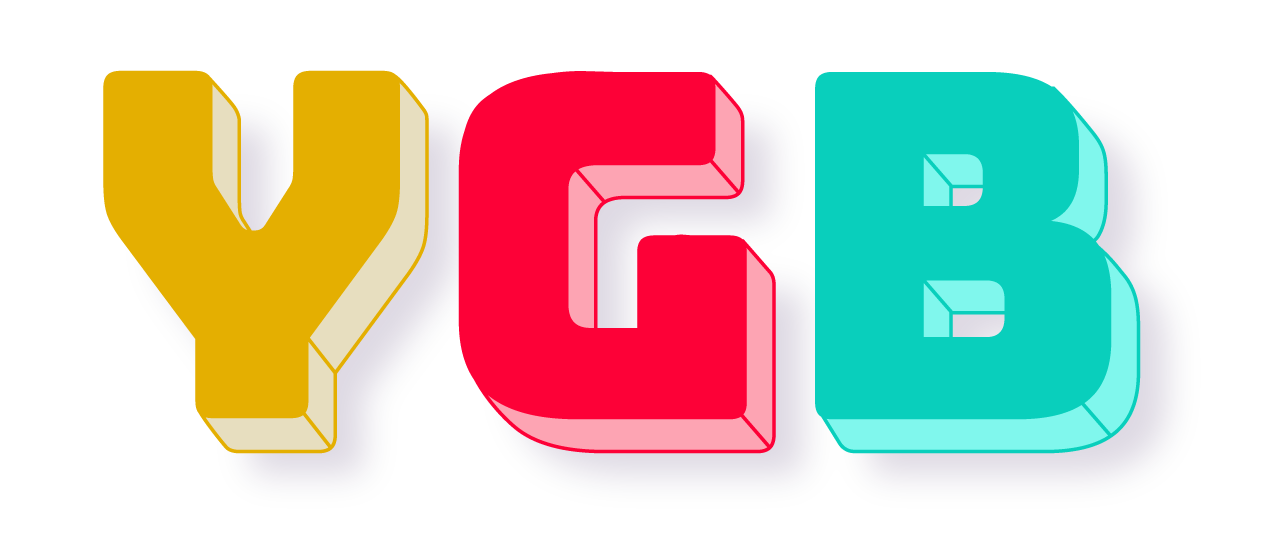What is a Solar Eclipse and How Do I Observe the Solar Eclipse Safely?
A solar eclipse is happening on October 14th, 2023 in the Americas! This is a rare and incredible event that happens once in a lifetime, or longer! You see, for a solar eclipse to take place, the sun, moon, and earth have to line up perfectly. Since the moon rotates around the Earth on a bit of an angle, this is a rare thing. Some places will only experience a solar eclipse every 300 years!
This solar eclipse that will occur on October 14th is a rare ring of fire eclipse, where the moon doesn’t totally cover the sun. Instead, there will be a bright ring around the moon's shadow, hence, the ring of fire eclipse.
Where Will the Solar Eclipse Happen?
The perfect alignment required for an eclipse to occur means that only a small portion of the world will see the eclipse, and an even smaller portion will see the maximum coverage. Nasa made some pretty great solar eclipse maps that you can check out, which helped us create our video!
How Can I Watch The Solar Eclipse Safely?
This is really important! Looking directly at the sun is harmful to our eyes, and during a solar eclipse it can be even worse, because the slivers of light coming around the moon are more intense than normal. So, if you must never look at a solar eclipse directly, how can you enjoy the solar eclipse? You have a few options!
Solar Eclipse Glasses
There are companies that sell solar eclipse glasses that have the proper UV protection so that you can safely watch the solar eclipse. Here is a good page from the American Astronomical Society (AAS) outlining eye safety for viewing an eclipse. In short, sunglasses,and tinted glass are not enough to protect you, and looking through a telescope or camera is equally as dangerous! If you have a certified filter for a telescope or camera, it needs to be on the front of the lens, not behind it. Also, do not look through your eclipse glasses or hand held viewer into a camera, the lens can damage the filter and then you can hurt your eyes! Essentially, you should always have glasses or hand held viewers that are made for viewing the sun. To be safe, the AAS also has a page for proven providers of sun-viewing safety gear so you know they are reliable!
Make your Own Solar Viewer
With just a box, paper, aluminum foil, and scissors you can make a little box that will let you observe how the moon’s shadow take’s over the sun!
This video is a great tutorial!
If you don't have a box, or time, you can even make a pinhole projector for viewing the eclipse with just 2 pieces of paper! Watch this video to see how!
Conclusion
The solar eclipse is a rare and amazing event and a great opportunity for cool STEM and space activities for classrooms or homeschooling! You can do a bunch of activities leading up to the event, including making your solar viewers, then take time to (safely) watch the eclipse and get your learners excited about astronomy!
Love STEM? Don’t forget to swing by the YGB Swag Shop before you go!
